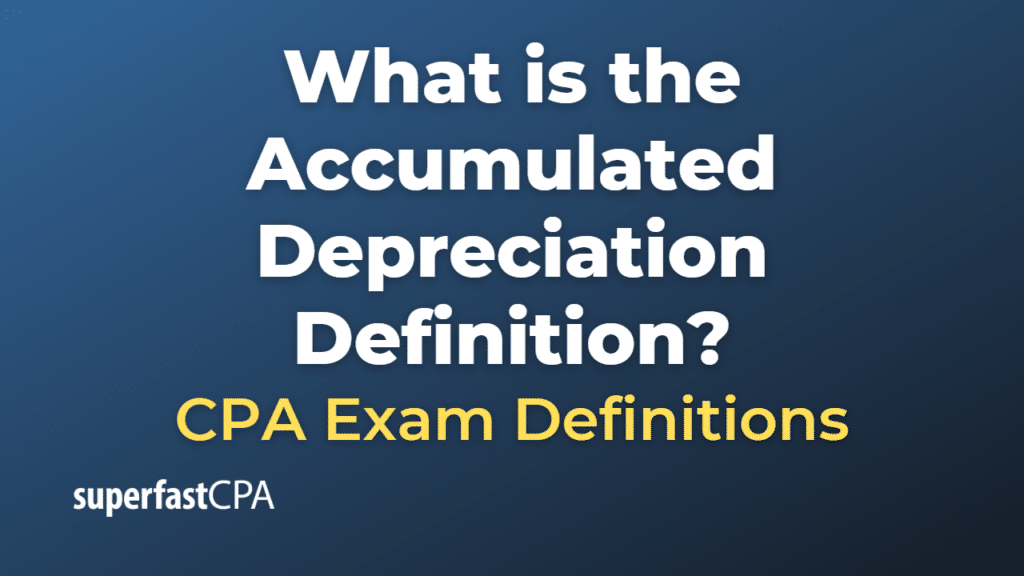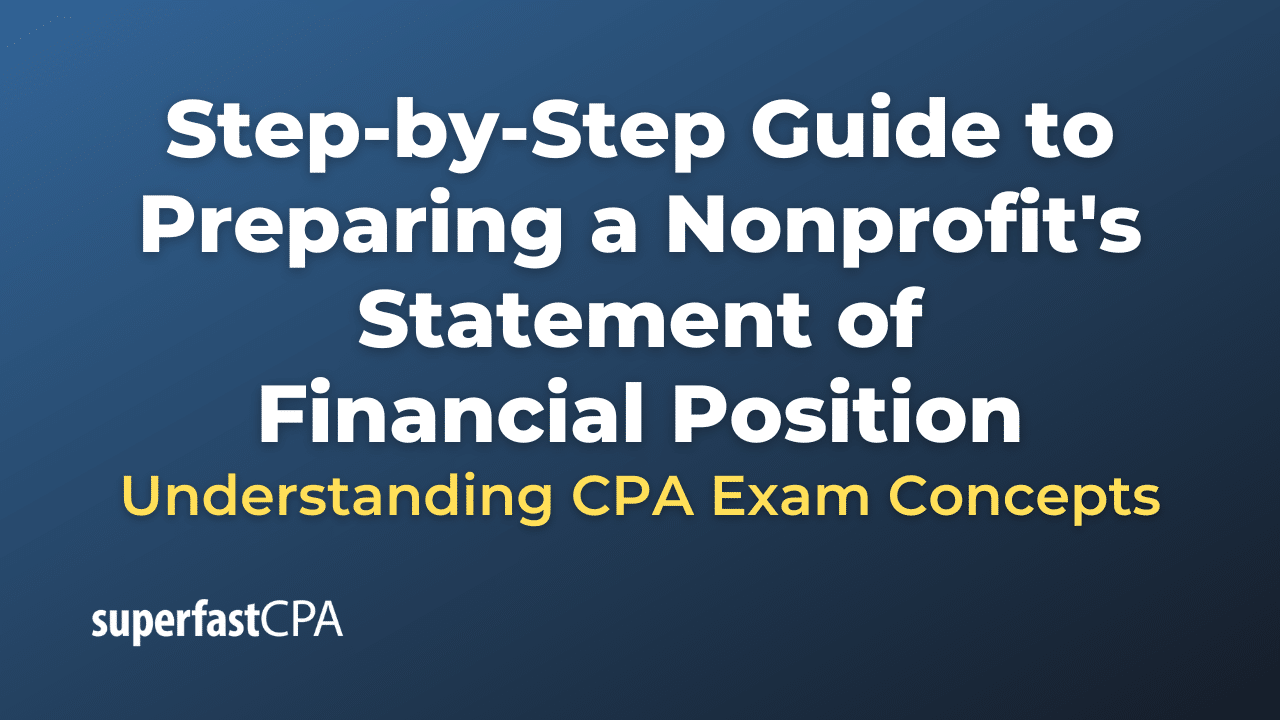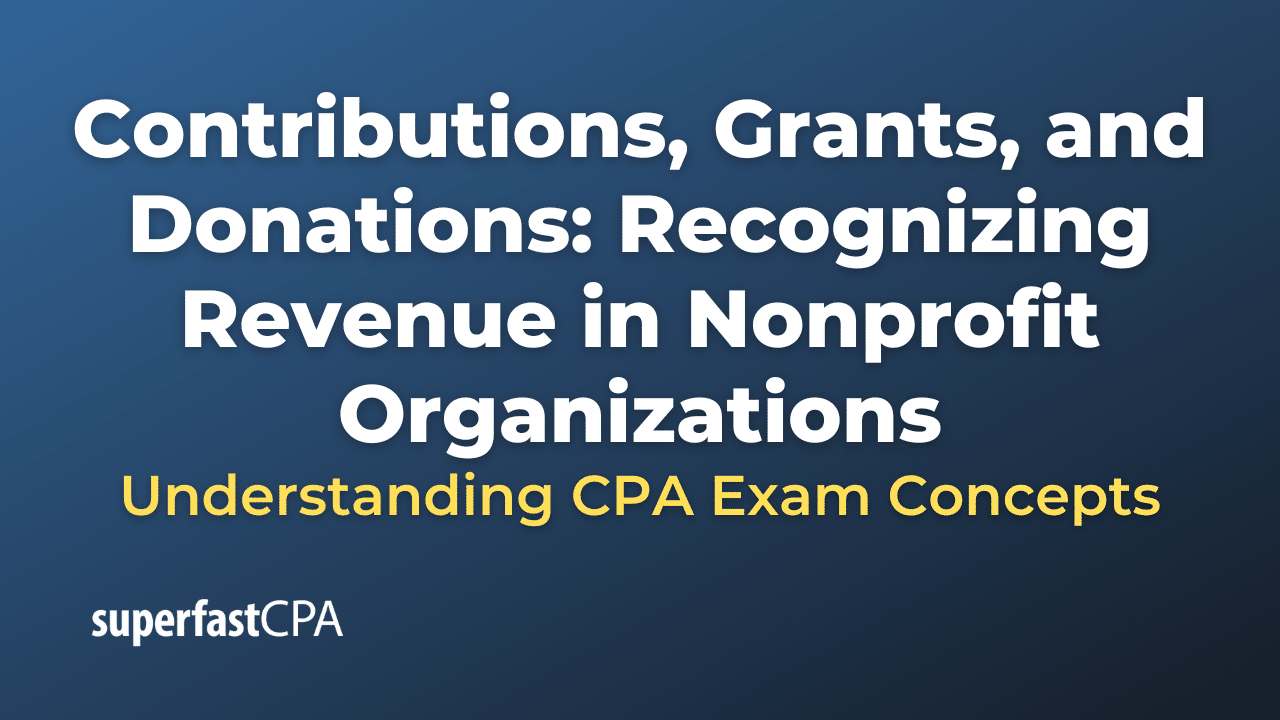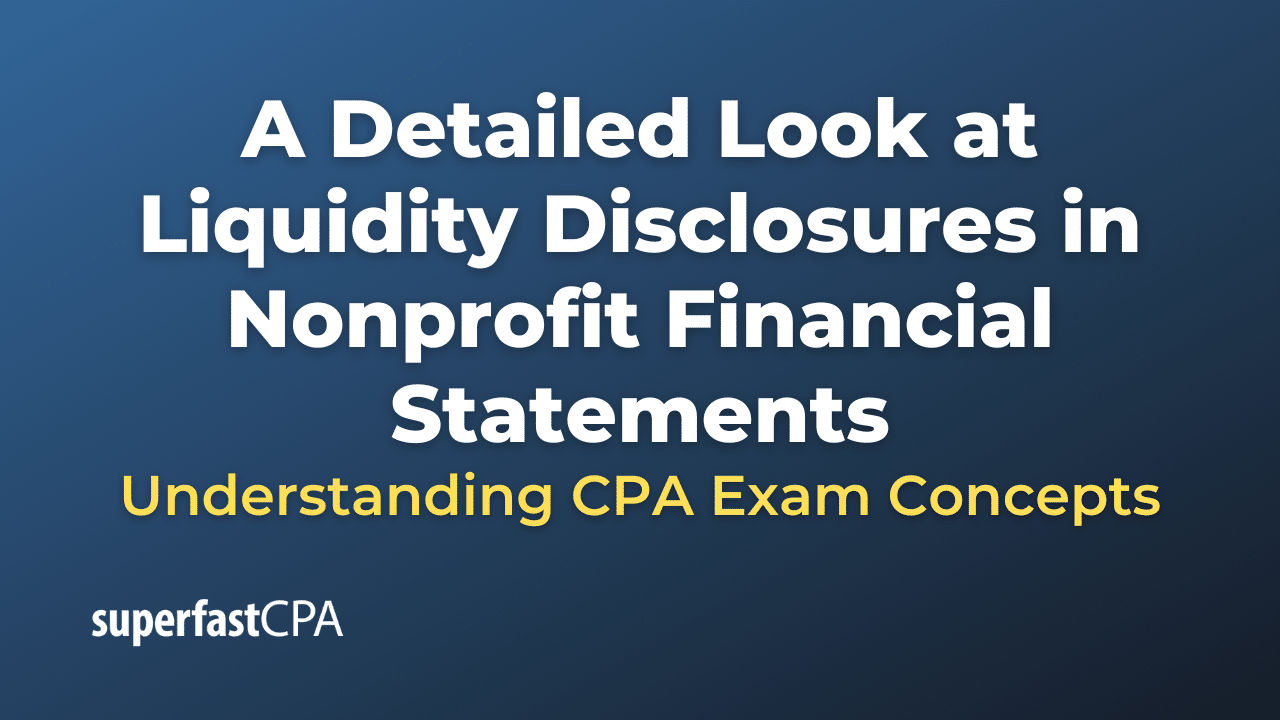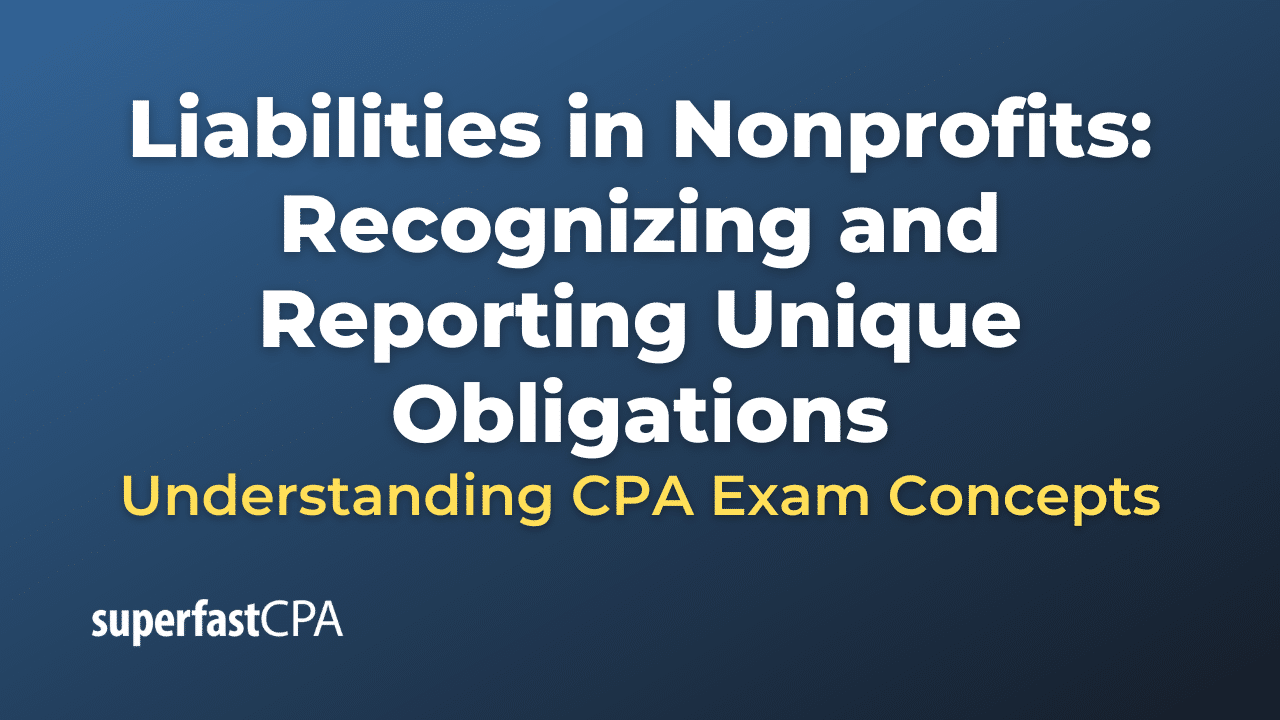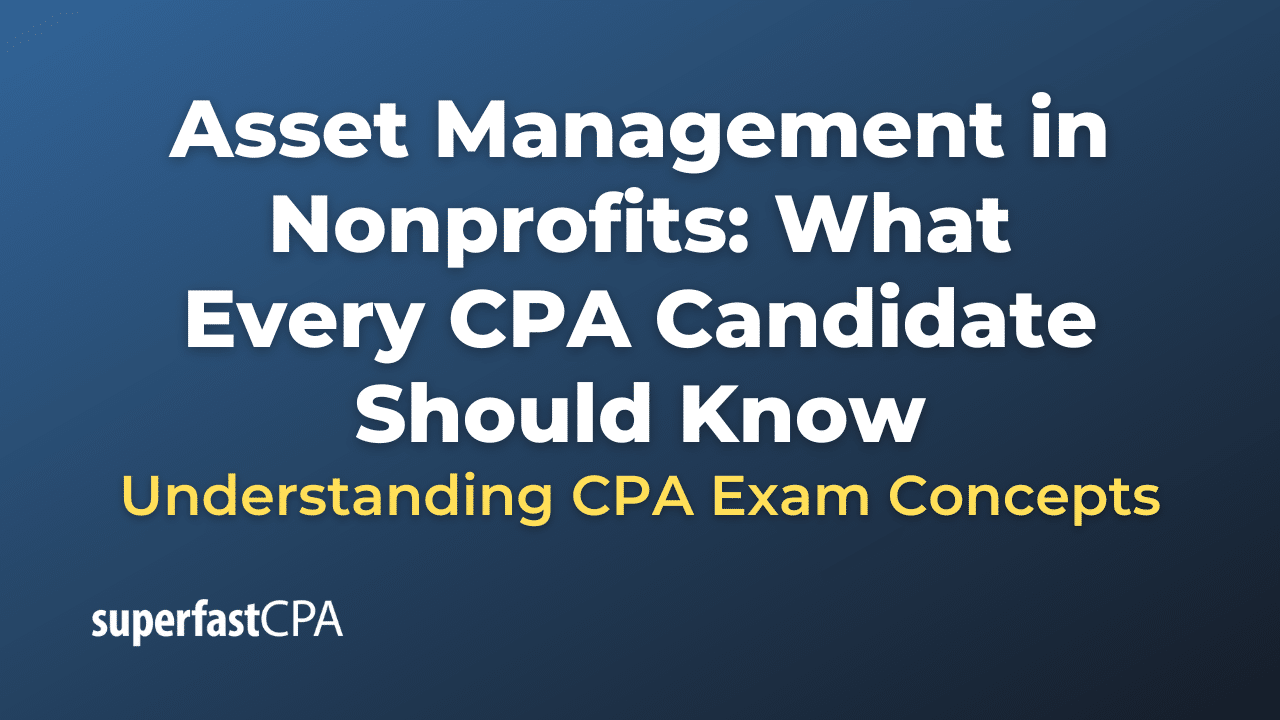Accumulated Depreciation Definition
Accumulated depreciation is the total depreciation expense allocated to a specific fixed asset since the asset was acquired and put into use. It represents the cumulative decrease in the value of a tangible asset due to wear, tear, obsolescence, or any other factors over time.
Accumulated depreciation is a contra asset account, meaning it has a credit balance that offsets the debit balance of the corresponding fixed asset account on the balance sheet. As a contra asset, it reduces the net book value of the related fixed asset, reflecting the portion of the asset’s cost that has been “used up” over its useful life.
The net book value of a fixed asset is calculated as follows:
Net Book Value = Original Cost of Asset – Accumulated Depreciation
The depreciation expense is recorded periodically, typically monthly or annually, based on the depreciation method chosen (e.g., straight-line, declining balance, or units of production). Over time, the accumulated depreciation account balance will increase, and the net book value of the asset will decrease until it reaches its salvage value or is fully depreciated.
Example of Accumulated Depreciation Definition
Let’s consider an example of accumulated depreciation for a company vehicle:
Suppose ABC Company purchases a delivery van on January 1st, 20X1, for $50,000. The van has an estimated useful life of 5 years and a salvage value of $5,000. ABC Company uses the straight-line depreciation method to calculate the depreciation expense.
Annual Depreciation Expense = (Cost – Salvage Value) / Useful Life Annual Depreciation Expense = ($50,000 – $5,000) / 5 years = $9,000 per year
After 3 years, the accumulated depreciation for the van would be calculated as follows:
Accumulated Depreciation (after 3 years) = Annual Depreciation Expense * Number of Years Accumulated Depreciation (after 3 years) = $9,000 * 3 = $27,000
So, at the end of the third year, the accumulated depreciation for the van would be $27,000. On the balance sheet, the van’s original cost of $50,000 would be listed as an asset, and the accumulated depreciation of $27,000 would be listed as a contra asset. The net book value of the van on the balance sheet would be:
Net Book Value = Cost – Accumulated Depreciation Net Book Value = $50,000 – $27,000 = $23,000
This means that after three years, the net book value of the van is $23,000, reflecting the decrease in value due to accumulated depreciation.

